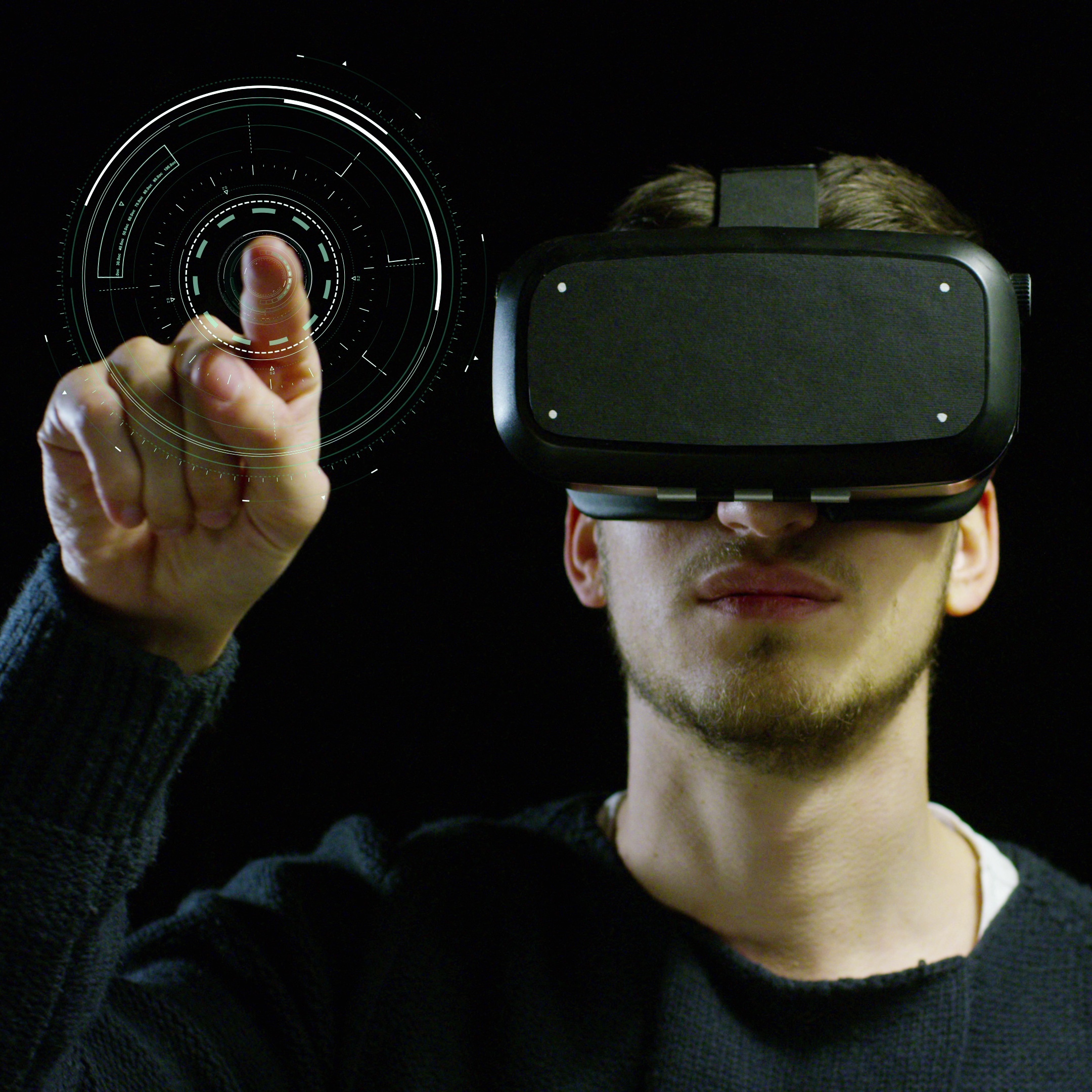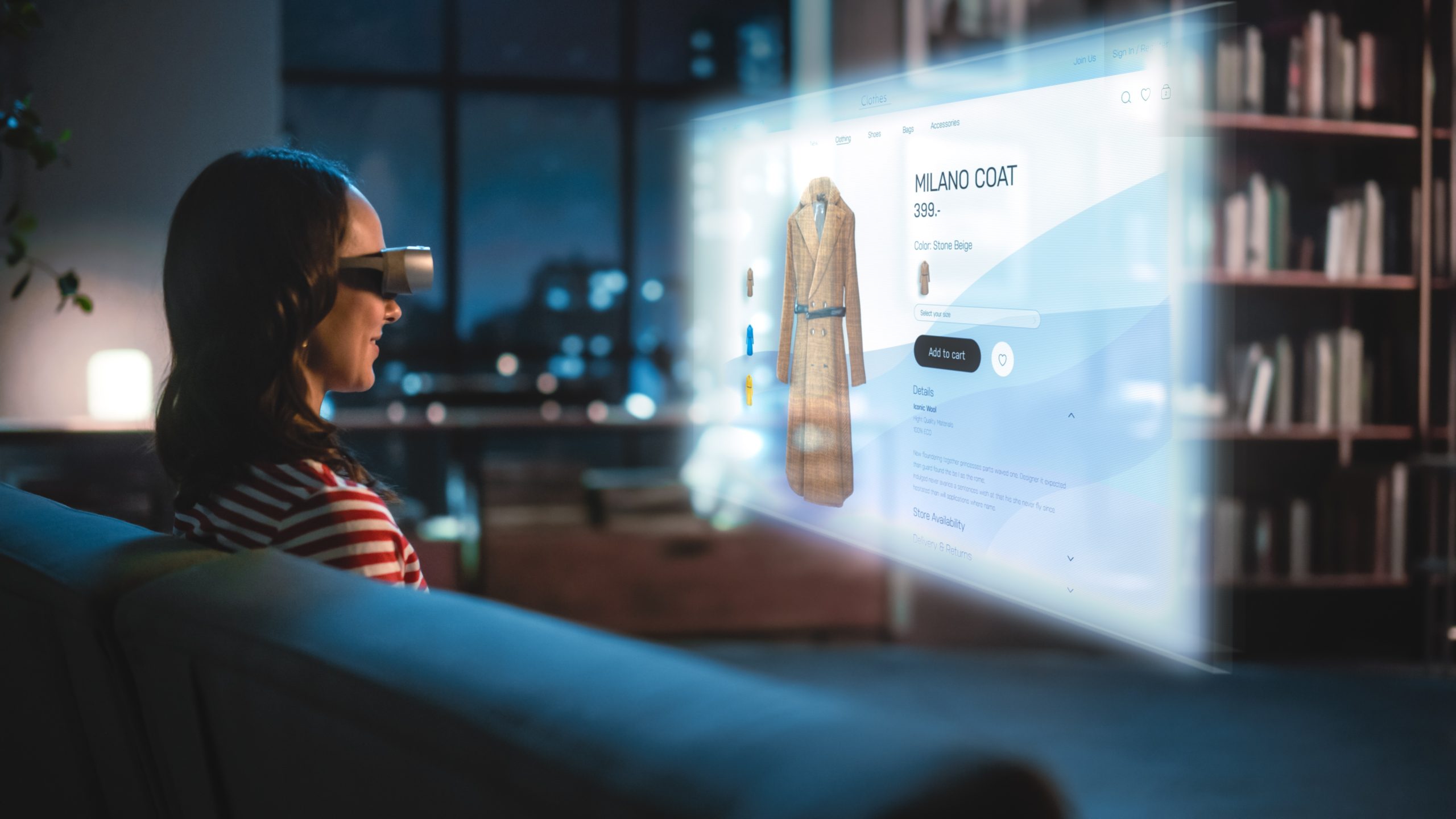The Role of Corporate Museums in Shaping Employee Culture and Engagement
Every company has a story. But it’s not just about what happened. It’s about how that story connects people to where they work. A company’s history isn’t just something to be archived. It’s something employees should be able to experience and see themselves in.
Corporate and brand museums are often designed to highlight a company’s legacy, products, and milestones. But today, their role is expanding. Many organizations use these spaces to create internal experiences where employees can step into the company’s journey, understand its values, and see how their work contributes to the bigger picture.
Organizations seek better ways to foster connection and a shared sense of purpose. Brand museums help make that happen. Through interactive storytelling, immersive technology, and curated exhibits, they turn company history into an experience that feels personal and relevant.
These spaces bring stories to life, helping employees see themselves as part of what comes next. This blog will explore how corporate and brand museums can strengthen company culture, create meaningful employee experiences, and spark new ideas. We will also look at real-world examples of companies putting these ideas into action.
Immersing Employees in Company History & Engagement
A brand museum showcases a company’s journey and achievements in a way that helps employees connect with its story. When people see their company’s history come alive, they feel more connected to its mission and are encouraged to be part of the team. Tech-first brand museums use AR, VR, holography, and interactive kiosks to transform static exhibits into immersive, hands-on experiences that make stories more engaging and memorable.
Making History Relevant to Employees
Virtual exhibits, interactive storytelling, and tactile installations create hands-on experiences that bring company milestones, innovations, and values to life. These immersive elements help employees see how their roles contribute to the company’s journey and impact its future.
This shifts their daily tasks from isolated activities to part of a unified mission. To understand this approach in action, check out this fully immersive virtual walkthrough by magineu that transports employees into a virtual environment, innovatively bringing the company’s operations and history to life.
Real-World Applications: A Case Study/ Brand Museums in Action
The Intel Museum in Santa Clara, California, demonstrates this strategy in practice. Known for its innovations in the semiconductor industry, Intel’s exhibits allow employees to engage with its technological advancements and show how these breakthroughs have shaped the industry and the world.
Reinforcing Core Values and Building Corporate Culture
Brand museums turn non-tangible company values—like integrity, innovation, and collaboration—into real-world experiences that employees can engage with.
Such curated exhibits demonstrate how these guiding principles influence decision-making, workplace culture, and company milestones, helping employees see themselves as part of a larger story and breaking down departmental silos.
Celebrating Achievement and Diversity
These spaces highlight achievements at every level while showcasing diverse voices and experiences, creating a story everyone can connect with. Look at this Executive Briefing Center by magineu to see how customizable exhibits make every visitor’s experience personal and meaningful.
A compelling way to engage employees is through futuristic concept zones in brand museums. These allow employees to visualize how their roles contribute to broader company goals. They also strengthen the connection between day-to-day work and the company’s overarching mission, making the big-picture aspirations more engaging.
Real-World Applications: A Case Study/Brand Museums in Action
In Dublin, the Guinness Storehouse demonstrates how a brand museum can celebrate heritage while inspiring employees. Employees experience the company’s commitment to quality and tradition through such exhibits while understanding Guinness’ broader cultural impact as a global brand.
Inspiring Innovation Through Immersive Experiences
While celebrating history strengthens a company’s identity, innovation keeps it moving forward. Brand museums don’t just reflect the past—they’re a springboard for what’s next. Showcasing past breakthroughs helps employees think outside the box, pushing them to build on the company’s legacy with fresh ideas for innovation.
Creating Collaborative Spaces
These spaces double as collaborative hubs where teams can brainstorm and problem-solve together. In dedicated zones for prototyping and experimentation, employees can test concepts and bring ideas to life.
Promoting Continuous Learning
Through workshops, seminars, and curated modules, corporate and brand museums become platforms for education on industry trends and emerging technologies, helping teams stay ahead of the curve.
Real-World Applications: A Case Study/ Brand Museums in Action
The World of Coca-Cola in Atlanta demonstrates this approach perfectly. Interactive exhibits displaying the evolution of products and marketing strategies connect employees with the brand’s creative legacy, inspiring them to contribute to a culture of continuous exploration.
Bottom Line
Corporate and brand museums are becoming a space for companies to reflect on where they have been and where they are headed. These environments can provide employees with a way to engage with a company’s story in a more interactive and meaningful way.
With remote and hybrid work becoming more common, hybrid and digital museum experiences are an area of opportunity. Virtual museum tours, AR-powered storytelling, and AI-driven exhibits can extend brand museums beyond physical locations, giving employees new ways to connect with their company’s journey—no matter where they work.
Companies are already incorporating immersive technology to create engaging brand museum experiences, and magineu is leading the way in creating immersive, tech-driven brand museums. Take, for example, the Mumbai-based energy pioneer’s brand museum, which features AR, VR, and 3D-printed models that turn corporate storytelling into an interactive experience.
The role of corporate and brand museums will continue to evolve alongside the companies they represent. The question is—how will your company use these spaces to shape culture, connect employees, and inspire the future? Explore how magineu can bring your vision to life.



